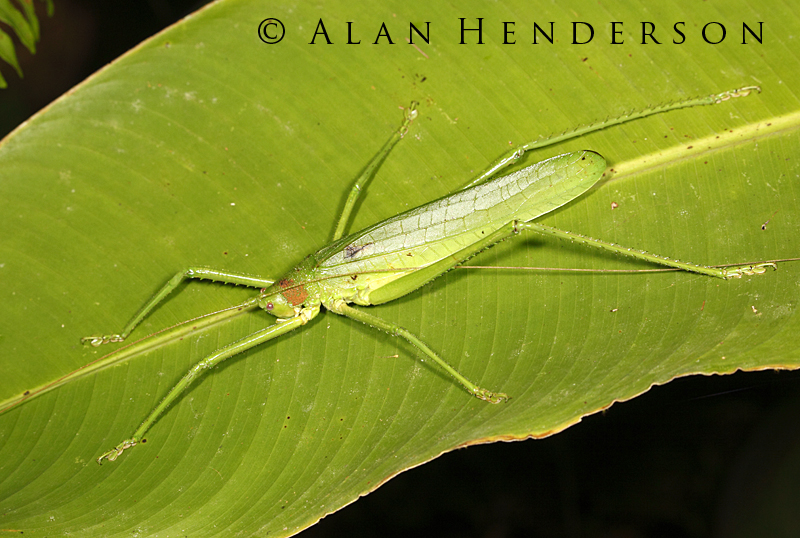

We are now out of the building and in the rainforest. This and the preceding three images were taken through glass in an observation building. Population in Borneo has declined by about 15% since the middle 20th century and they may become extinct in the wild within ten to twenty years without effective conservation measures. Orangutans, including the Borneo species, are critically endangered due to habitat loss. Food and care is provided and the centre is open to adjacent rainforest including wild orangutans. There are rescued orangutans here, including infants without parents. In the afternoon we visited the Sepilok Orangutan Rehabilitation Centre.įeet and hands are relatively interchangeable. Unidentified bees and hive, on the trunk of a tree. Note the formidable claws, presumably for climbing trees. They are listed as vulnerable and their population is declining due to habitat loss. Obviously here, they are not in the wild and are feeding on carrots. They are primarily nocturnal, feeding on insects, though they also have a taste for honey. The sun bear is the world’s smallest bear, averaging one metre in length and is endemic to Borneo. In the morning we visited the Borneo Sun Bear Conservation Centre. They are called lantern bugs because it was believed erroneously in the eighteenth century that their extended hollow “snout” glowed in the dark.Ģ Comments Posted in Sabah Tagged Asian Palm Civet, Birds, Butterfly, Insects, Kingfisher, Landscape, Monitor Lizard, Nature, Photography, Pig Tailed Macaques, Sabah, Slow Loris, Travel, Wilderness, Wildlife Sepilok Day 2 – Sun Bears and Orang Utans There is also an unfortunately large (and illegal) usage of civets in Indonesia as pets. Traditionally, this was from harvesting the faeces of wild civets but it has led to captive civets in battery cages being fed coffee beans to produce the coffee. There is a strange demand for coffee made from beans that have been eaten and digested by civets. Asian Palm Civets are nocturnal omnivores, mainly eating berries and fruit and leading solitary lifestyles. Civets are found in South East Asia, India and China. Then they are nocturnal and have a specialised diet so do not do well in captivity.Ĭivets are part of the feliformia suborder of carnivora that includes cats, hyenas, mongooses and civets. They usually have their teeth cut or pulled due to the poisonous bit and often die from that. They look very cute with their large nocturnal eyes but the trade is very cruel. As well as habitat loss, they are threatened by a pet trade. They are classified as vulnerable or endangered and some subspecies have yet to be classified. They are more closely related to lemurs than monkeys. They have a poisonous gland near their armpits which they lick and the secretion becomes mixed with saliva. Unique for primates, slow lorises have a poisonous bite. Not something you are guaranteed to see in a Borneo rainforest at all.

It is thought to be more nocturnal than other slow loris sub-species but little is known about it.

it is endemic to Northern Borneo and not the Phillipines. This is a Phillipine Slow Loris, one of four species of what was previously the Borneo Slow Loris.
#Torchlight 3 luck tree bug iso#
requiring an exposure of 25,600 ISO and still three stops under. It was a challenging photographic situation, dimly lit by torchlight. This is one was actually moving around quite quickly, despite the name. Monitor lizard sleeping on the branch of a tree.Īfter dinner we went for a walk and I took some more images by torchlight. They are classified as endangered, due to habitat loss. They mostly eat fruit and leaves and will jump from tree to tree. They are aboreal (tree-dwelling), live close to water and are good swimmers. The large nose of the males may assist in giving them a more resonant call. Proboscis monkeys are large monkeys endemic to Borneo. They live in rainforest and are also omniverous. Southern Pig-tailed Macaques are endemic to Borneo, Sumatra and mainland Malaysia. They are onmivores and considered of least concern for their conservation status. They can be an invasive species in some places, including Hong Kong and West Papua. They live in a variety of environments and can be closely associated with human settlements. Long tailed Macaques are endemic to South East Asia. Macaques are amongst the most widespread of monkeys and are endemic to Asia. These daylight images – this one and the next nine, were all taken from a boat on the Kinabatangan River, all with a very long telephoto lens (420mm).


 0 kommentar(er)
0 kommentar(er)
